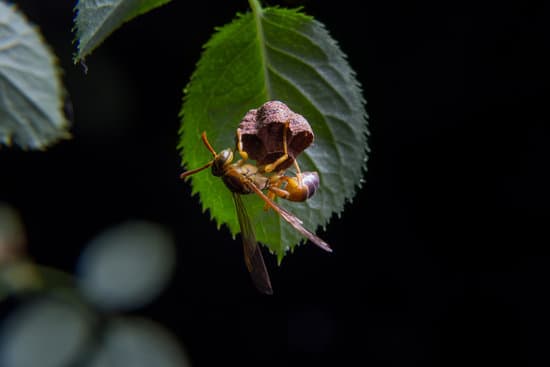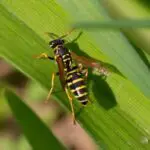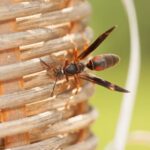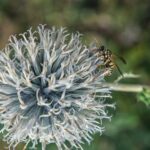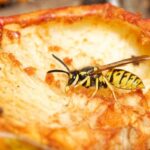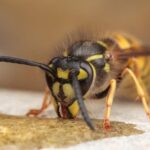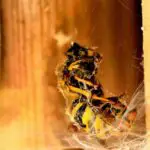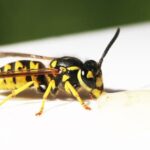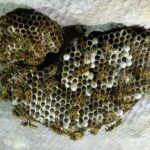How Big Can Wasps Get?
Several species of wasps are large, and are known to sting. While some of these stings are harmless, others are quite painful. It is important to know what to look for when a wasp stings. These stings can be very dangerous if they are experienced by a person with hypersensitivity. If you are highly sensitive to bee stings, you should get medical attention right away. Symptoms include dizziness, difficulty breathing and nausea.
There are several species of large wasps, but a common species is the bald-faced hornet. This species is found throughout North America and is characterized by black and ivory coloration. Their nests are usually located in wooded areas or on utility poles. They are also commonly seen in garden areas and lawns.
The bald-faced hornet is a social wasp, and they build large aerial nests. Their nests can be three feet above the ground.
In addition to building nests, the bald-faced hornet stings in self-defense. The females may forage on flowers and other plants.
The size of these wasps varies greatly, with some species ranging from 0.5 inches to more than an inch long. These species also build their nests out of wood fibers. Their nests can be quite large, with hundreds of workers present at the peak of their population in late summer.
Another type of large wasp is the Eastern Cicada Killer, a large solitary wasp found in eastern North America. The Cicada Killer Wasp has a thick-wistered, black body. It is commonly mistaken for the Northern Giant Hornet, a large social wasp that has an extended range.
